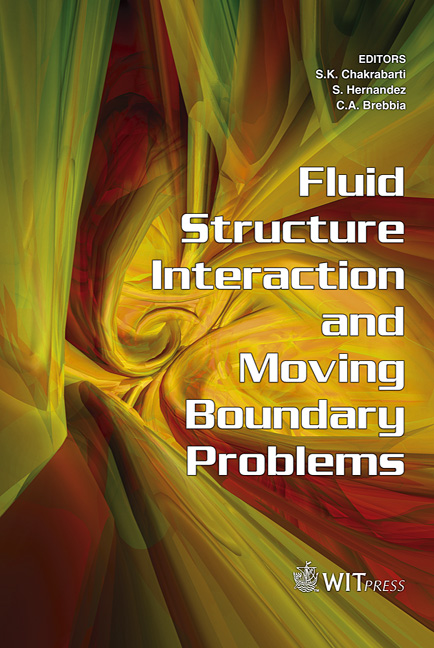Nonlinear Response Analysis Of A SeaStar Offshore Tension Leg Platform In Six Degrees Of Freedom
Price
Free (open access)
Transaction
Volume
84
Pages
10
Published
2005
Size
329 kb
Paper DOI
10.2495/FSI050271
Copyright
WIT Press
Author(s)
M. J. Ketabdari & H. Alemi Ardakani
Abstract
Tension Leg Platforms (TLPs) are used for deep-water oil/gas exploration. Among the compliant platforms, TLPs are vertically moored structures with excess buoyancy. Therefore the tethers can be tensioned to such an extent that heave, roll and pitch motions of the platform induced by ocean waves are virtually eliminated. SeaStar is a new generation of mini-TLPs, which is similar to a spar and has the favorable response features of a TLP. In this paper, a computer program was developed to evaluate the dynamic response of a typical SeaStar TLP to regular wave forces. In this analysis, coupling between the degrees of freedom surge, sway, heave, roll, pitch and yaw have been considered. Wave forces on the elements of the platform are calculated numerically employing linear wave theory and Morison's equation. However the effect of diffraction has been ignored due to the small ratio of cylindrical elements diameter to wavelength. The nonlinear equations of motion are solved numerically by Newmark’s beta integration scheme in the time domain. This yields to motions of the platform in six degrees of freedom. The results have also been presented in the frequency domain and the response amplitude operator for each motion of the platform has been calculated. The results show that for this typical platform the movement of the TLP is considerable in some degrees of freedom. However, changing the dimensions of the platform can affect the values of these movements. This can give us a guideline for optimum design of this kind of platform. Keywords: SeaStar TLP, response amplitude operator, Morison equation.
Keywords
SeaStar TLP, response amplitude operator, Morison equation.





